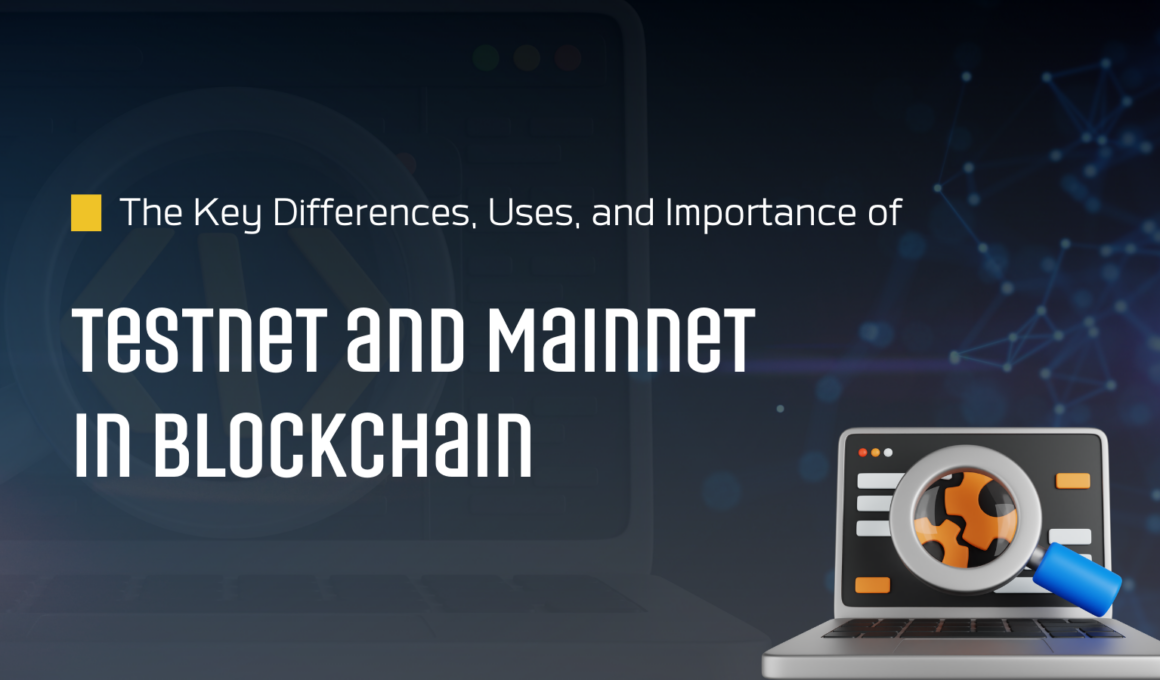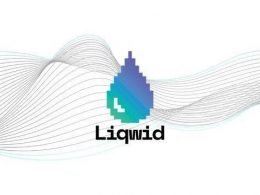Key Takeaways
- Testnet is a sandbox for developers to experiment without risk, while Mainnet is where the real action happens, live transactions, real money, and full functionality.
- Testnets are essential for testing and troubleshooting, helping avoid costly errors on Mainnet, where everything is permanent and real.
- From cryptocurrencies like Bitcoin to decentralized applications (dApps), Mainnets power the real-world usage of blockchain technology, while Testnets ensure it’s reliable before going live.
Blockchain is exciting, but sometimes it can be a bit confusing, especially when terms like Testnet and Mainnet get thrown around. What do they even mean, and why are they so important? Before stating the differences between the two, it’s important to understand the basic structure of blockchain. By the time we’re done, you’ll be able to tell your blockchain buddies exactly what’s what.
A blockchain is a decentralized digital ledger that records transactions across a distributed network of computers, also known as nodes. These transactions are stored in groups called blocks, which are secured using cryptographic methods and linked together in chronological order, forming a chain.
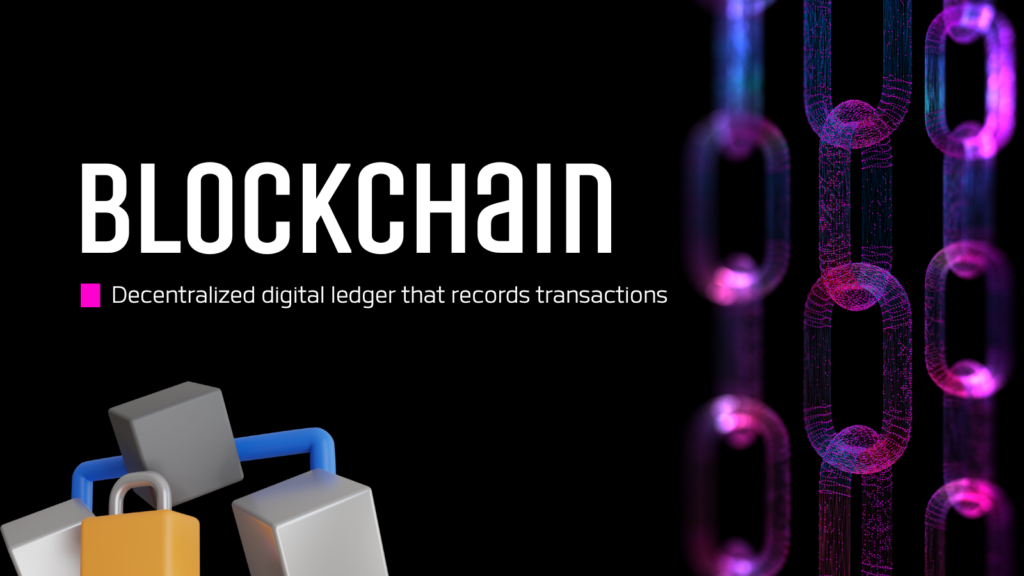
Blockchain technology is largely recognized for its use in cryptocurrencies, but its applications extend beyond financial transactions. It provides a transparent, tamper-proof system that can be applied to industries such as supply chain management, healthcare, and digital identity verification.
Here are some examples of popular blockchains
- Bitcoin (BTC)
- Ethereum (ETH)
- Cardano (ADA)
- Polkadot (DOT)
- Solana (SOL)
- Binance Smart Chain (BSC)
Now that you understand blockchain, it’s important to note that before a blockchain or ecosystem becomes fully functional, it must first go through a testing stage. This stage is called the Testnet phase, where everything is trialed to ensure the system works properly before going live.
What is a Testnet?
A Testnet, as the name suggests, is a testing environment. Think of it as a practice field before the big game starts. Developers use Testnets to try out new code, experiment with different scenarios, and check for bugs. During this phase, they also call on the Web3 community to interact and stress-test their application, given various tasks depending on the features of the decentralized application (dApp), a smart contract, or a protocol update.
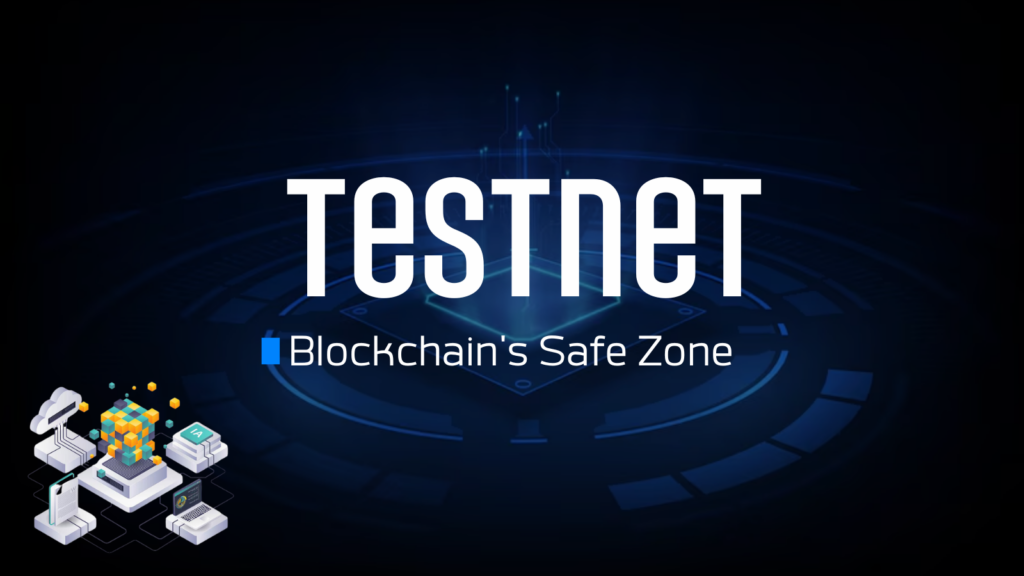
Sometimes, they provide Testnet tokens to perform transactions like swapping, bridging, lending, and borrowing. The idea is simple, you don’t want to make a costly mistake on the Mainnet, where real money and assets are at stake. A Testnet mimics the Mainnet but without the high stakes. It uses fake coins or tokens like Cardano Testnet Token (tADA), so no one loses money if something goes wrong.
What is a Mainnet?
The Mainnet is the primary blockchain where real transactions occur. In the context of cryptocurrencies, the Mainnet is the operational blockchain that handles actual transactions with real monetary value. Whether it’s Bitcoin, Cardano, or any other cryptocurrency, their Mainnets are the networks where users can send, receive, and store their digital assets.
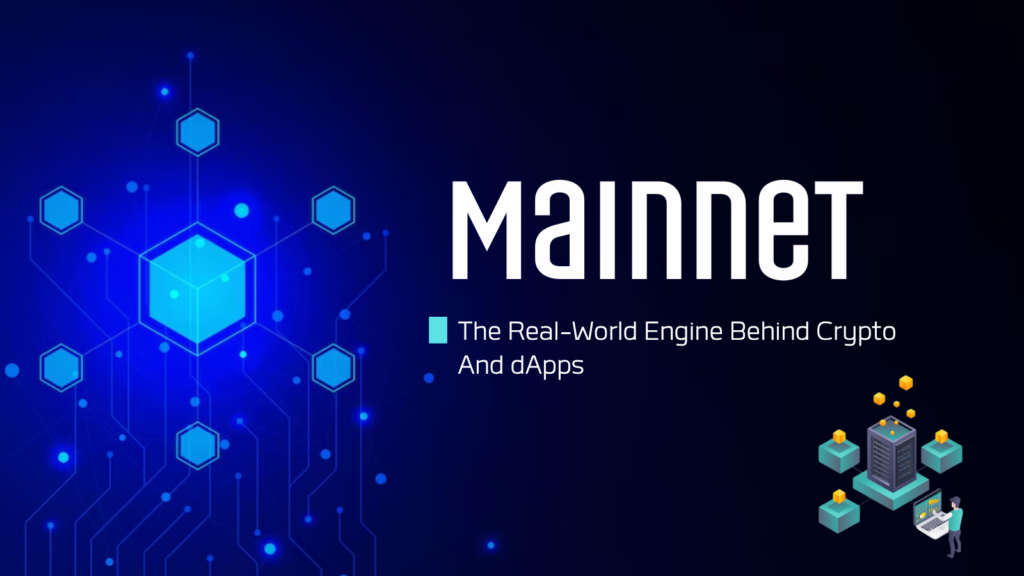
Mainnets also serve as the final step for the deployment of decentralized applications (dApps). After a project is tested and refined on a Testnet, it is launched on the Mainnet to interact with real users and assets. The key distinction here is that any activity on a Mainnet is immutable, meaning that once a transaction is confirmed, it becomes part of the permanent blockchain record.
Key Differences Between Testnet and Mainnet
The fundamental differences between a Testnet and a Mainnet lie in their purpose, the value of their tokens, and the risk involved.

How Does a Testnet Work?
In a Testnet environment, transactions follow a similar process to those on the Mainnet, but without financial consequences. When developers or users initiate a transaction, it is broadcast to the Testnet, where nodes validate and process the transaction using the same consensus mechanism as the Mainnet. However, since the Testnet operates with tokens that have no value, it allows developers to experiment freely.
How Does a Mainnet Work?
A Mainnet functions as the live, public blockchain where real world transactions occur. When you initiates a transaction on the Mainnet, such as sending cryptocurrency like Cardano (ADA) to another user, the transaction is broadcast to all nodes in the network. These nodes then verify the transaction through a consensus mechanism, such as Proof of Work (PoW) or Proof of Stake (PoS), depending on the blockchain.
The Importance of Testnet in Blockchain Development
Testnets are essential for ensuring that blockchain projects are reliable and secure before they go live on the Mainnet. Without Testnet, developers would be forced to test new applications directly on the Mainnet, exposing real assets to potential risks.
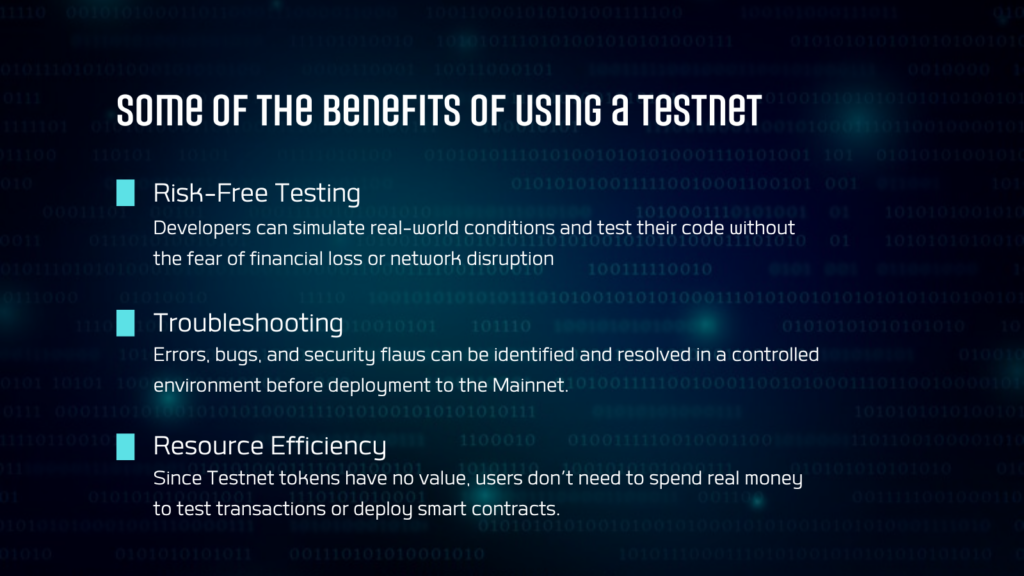
The Role of Mainnet in Blockchain Applications
The Mainnet is the core of blockchain technology’s real-world application. It is where the full functionality of the blockchain comes to life, allowing you to engage in trustless transactions, store digital assets securely, and interact with decentralized applications.

Examples of Projects Live on Testnets and Mainnets
Many well known blockchain projects maintain both Testnet and Mainnet environments. For example, these are the projects that are currently in their Testnet phase on Cardano ecosystem.
- Metera Protocol – The decentralized way to create and invest in tokenized portfolio.
- Nova Finance – An open source hybrid lending protocol.
- SyncAI Network – Advanced on-chain interactions network linking users, dApps and blockchains.
- Strike Finance – The open source derivatives protocol that Cardano deserves
- Big Pey – Bringing content creation on Cardano.
Examples of some projects live on Mainnets are:
- Eternl Wallet – A multi platform Cardano light wallet for all your crypto transactions.
- Ada Handle – A platform where you can mint a Handle and easily send crypto to friends, famil. They are set to launch on mainnet on Monday September 9th.
- Axo Trade – A decentralized exchange (DEX) serving as a trading protocol on Cardano ecosystem.
- Lenfi – DeFi lending protocol built on top of powerful and safe Cardano smart contracts.
- Paima Studios – The industry leading framework to create L2s for gaming, gamification and autonomous worlds
So, there you have it. Understanding the difference between Testnet and Mainnet is huge if you’re looking into blockchain technology. Testnet is like practicing with fake money before you go all in.
But when it’s time to get serious? That’s where the Mainnet comes in. This is the big leagues, the place where real transactions happen, where you exchange real assets, and where apps go live for everyone to use. Both of these play an important role in making sure blockchain stays secure and innovative. So whether you’re building or using, knowing how they work makes you a blockchain pro.






